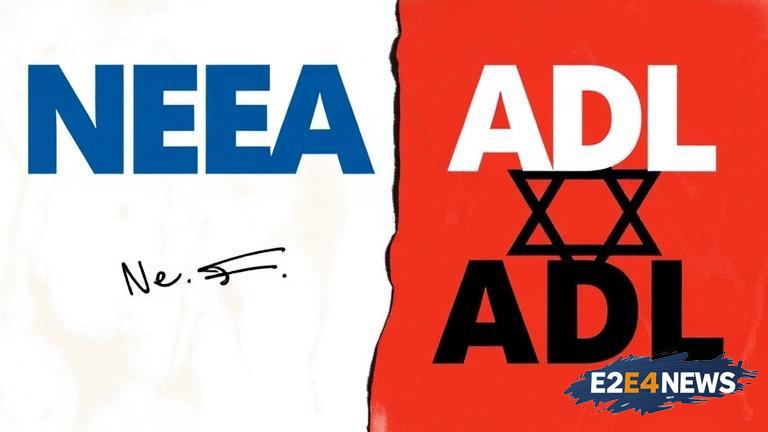The National Education Association (NEA) and the Anti-Defamation League (ADL) have historically collaborated on various initiatives to promote inclusivity and combat discrimination. However, a recent controversy involving letters perceived as antisemitic has led to a significant split between the two organizations. The letters in question, which were reportedly endorsed by the NEA, contained content that the ADL deemed to perpetuate harmful stereotypes and antisemitic views. The ADL responded swiftly, condemning the letters and calling for the NEA to take responsibility and apologize. The NEA, however, maintained that the letters were taken out of context and that the ADL’s reaction was an overreach. This disagreement has resulted in the termination of their partnership, with both organizations issuing public statements explaining their positions. The NEA emphasized its commitment to free speech and academic freedom, while the ADL reiterated its mission to combat all forms of hate and discrimination. This split has sparked a broader debate about the balance between free expression and the responsibility to confront bigotry. Educators and advocacy groups are weighing in, with some expressing concern about the potential chilling effect on open discussions in educational settings. Others argue that the ADL’s stance is necessary to protect vulnerable communities from the spread of hate speech. The implications of this split extend beyond the immediate controversy, as it may affect future collaborations between the NEA and ADL on critical issues such as diversity training and curriculum development. Both organizations have historically played significant roles in shaping policies and practices in education and civil rights. The NEA, as the largest teachers’ union in the U.S., has a substantial influence on educational policies, while the ADL is a prominent voice in the fight against antisemitism and hate crimes. The breakdown of their partnership underscores the challenges organizations face in navigating complex issues where free speech and the fight against discrimination intersect. Moving forward, the split may lead to a reevaluation of how educational institutions address antisemitism and other forms of bigotry. It also raises questions about the role of external organizations in influencing educational content and policies. As the situation continues to unfold, both the NEA and ADL will likely face scrutiny from their respective constituencies and the broader public. The outcome of this controversy could set a precedent for how similar issues are handled in the future, not only within these organizations but also across the educational and civil rights landscapes.
